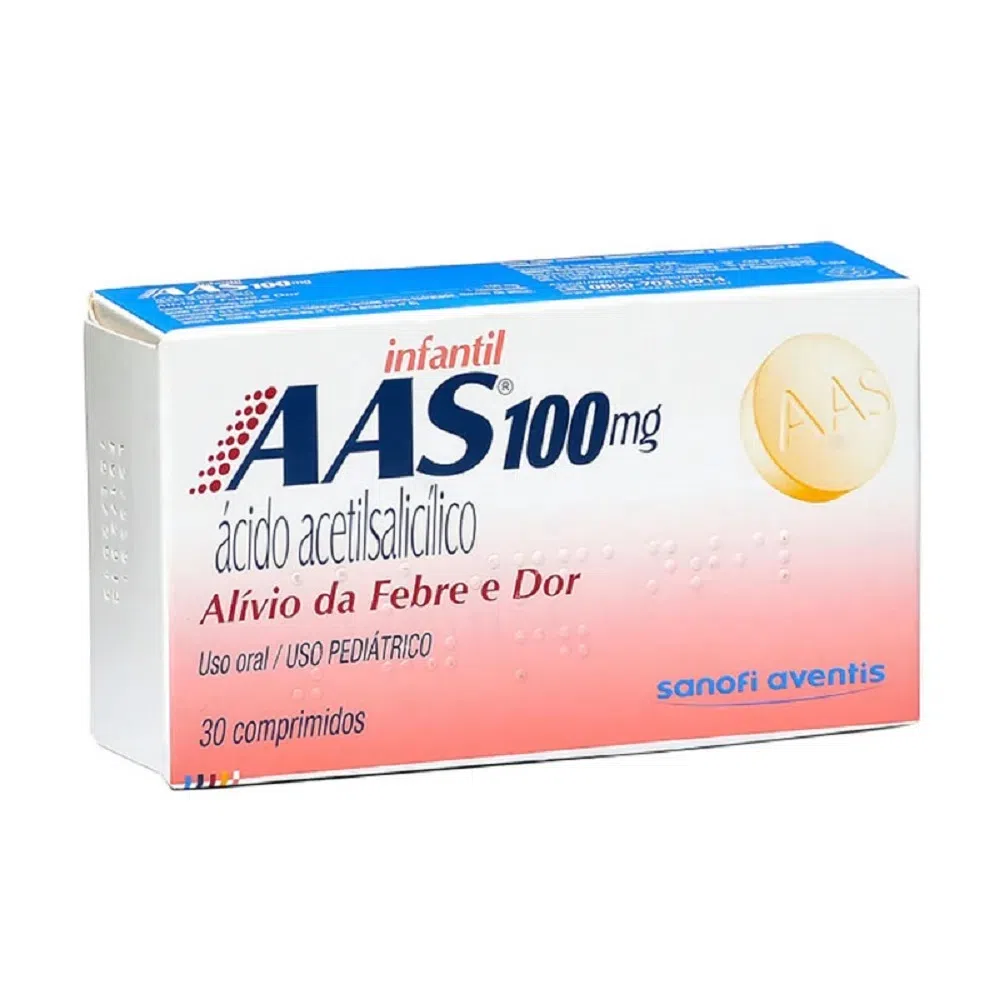Aas is a term used to describe the type of aquatic organism that lives in shallow, brackish water. These organisms are typically found in estuarine environments, such as bays and coastal lagoons. Aas are generally bottom-dwelling filter feeders that use their tentacles to catch small particles of food floating by.
Aas can be further divided into two categories: the deposit feeding species and suspension feeding species. Deposit feeding species ingest sediment particles directly from the substrate while suspension feeders capture suspended organic matter from the surrounding water column using their specialized tentacle structures. Both types of Aas have an important role in regulating nutrient cycling between ecosystems and sustaining biodiversity within them.
The most common species of Aa is Amphilectus fucorum (the Fuciformis worm). This organism has been widely studied due to its remarkable adaptability, allowing it to live almost anywhere where there is brackish or saltwater present; ranging from tropical waters up to polar regions like Antarctica! Other notable members of this family include Myxicola infundibulum (the Atlantic horseshoe worm) which is found across all oceans except for the Arctic Ocean and Echiura – a group containing both deposit-feeding and suspension-feeding worms with some specimens reaching over 1 meter long!
As far as research on this subject goes, much remains unknown about these creatures including how they survive extreme conditions such as freezing temperatures or anoxic depths where oxygen levels may drop below 0%. Additionally, we still have yet to gain insight into what factors influence population dynamics among these animals; something which could prove invaluable when it comes time for conservation efforts targeting this unique group of organisms.
Overall, Aas represent a fascinating biological phenomenon; one that provides many opportunities for further exploration both inside scientific laboratories but also out in nature itself!


